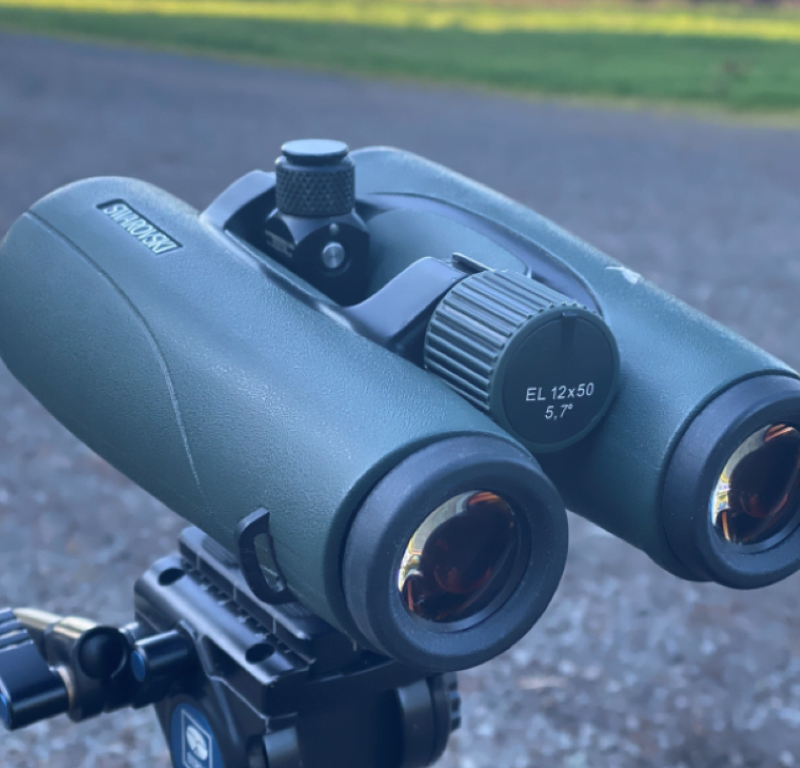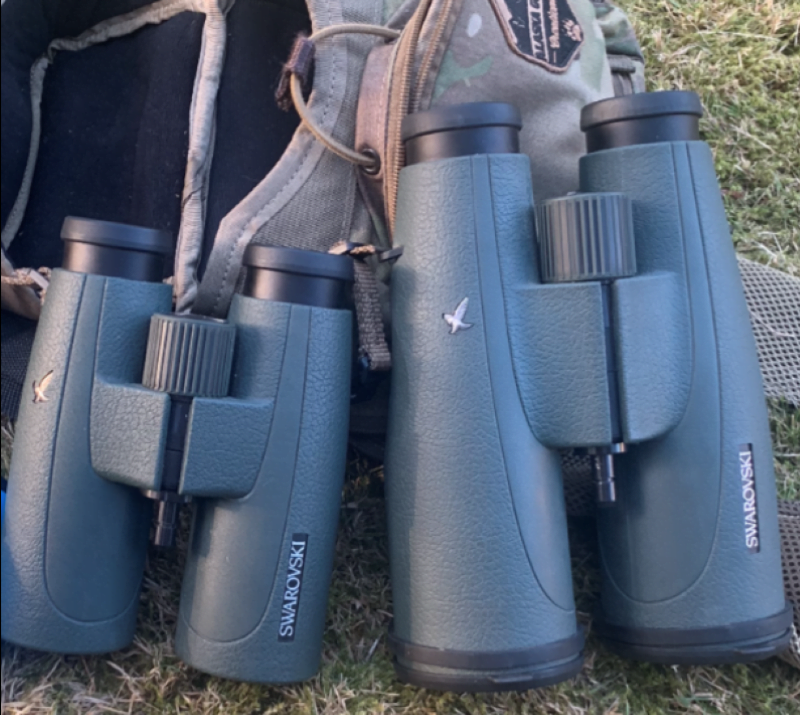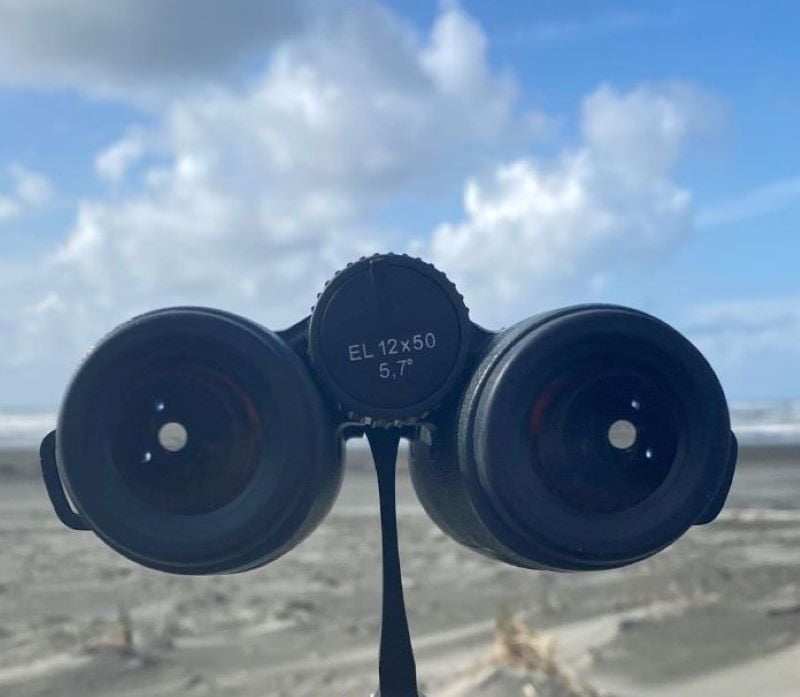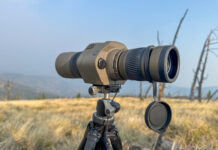
It used to be commonplace for a new hunter to purchase 10×42 binoculars and take to the field to pursue their ungulate of choice. But as the great Bob Dylan once said, “…The times they are A-changin”. More and more we see hunters using bigger binoculars such as 12x or 15x.
More Magnification
With every major manufacturer now making at least a 15x binocular, and more western hunters utilizing the tripod to complement their glassing, is the 10×42 becoming obsolete? I loved my 10×42 Swarovski SLC’s off of a tripod, but it seemed like I always found myself wanting just a little more power.

Using Two Binoculars
I decided to buy a pair of 15×56 SLC’s for glassing off the tripod but continued to carry my 10x around my neck. The best of both worlds right? Wrong. I rarely even took my 10x out of my chest harness.
Whenever we got to a spot to glass I would immediately get out my tripod and set up the 15x. Even during archery season I hardly used my poor 10x. This led me to the conclusion that it was a waste of both energy and pack space carrying around two sets of expensive binoculars, when I was really only using one set. I sold both of my beloved SLC’s and split the difference with a pair of 12×50 Swarovski EL’s.

Ounces make pounds and pounds make pain
The weight savings alone switching to a single pair of 12x binoculars was worth the plunge. The combined weight of a pair of 10x and 15x SLC’s is 4.3 lbs! The 12x come in at 2.2 lbs! Splitting the difference shaved over two pounds off of my pack!
Swarovski EL 12×50
The 12x field of view (FOV) is also impressive coming in at 300 feet at 1,000 yards vs. 330 feet for the 10X, and 234 feet for the 15X. You’re giving up a very small amount of FOV to the 10X especially considering the extra two power, while also gaining a substantial amount of FOV against the 15x. These numbers are very similar comparing the 12x of other manufacturers against their respective 10x and 15x.
Exit pupil is another area where the 12x excel, which is crucial for those all-important golden hour glassing sessions. The larger the exit pupil the “brighter” an image will appear in low light situations. The 10×42 have an exit pupil of 4.2mm while the 12×50 have an exit pupil of 4.16mm; comparing this to the 15×56 exit pupil of 3.73mm, we can see we don’t give up anything to the 10×42 and gain a lot compared to the 15×56.
Handheld vs Tripod Glassing
I will admit that since I started using a tripod for glassing, I don’t like hand holding my binoculars of any magnification for any length of time. With that being said, I found hand holding my 12x no more difficult than my 10x. I find it extremely helpful to grab the bill of my hat with my forefingers while free handing binoculars to help steady the image. The 15x, on the other hand, are quite frankly just too heavy and not meant to freehand for any serious length of time.

Off of the tripod is where the 12x begin to shine. I thoroughly enjoyed glassing with my 15x, however, I’m confident no animal I found with them couldn’t have been found with the 12x as well. This is where that excellent FOV comes into play for the 12x. Glassing for game is a matter of searching for movement, whether that movement is the flicker of an ear or shaking off the morning’s rain. The extra FOV the 12x provide over the 15x, make me much more efficient and purposeful in my glassing. I can cover more area in less time than I am with the 15x, giving me more of an opportunity to catch the movement I’m looking for.
Conclusion
With all of the favorable attributes listed above, it’s my opinion the 12x binocular should be the go-to piece of glass for anyone hunting from the clear cuts of the Pacific Northwest to the Plains of Eastern Colorado, and everywhere in between.
You can comment on this article or ask Jake questions here.
You may also be interested in these optics articles:


















